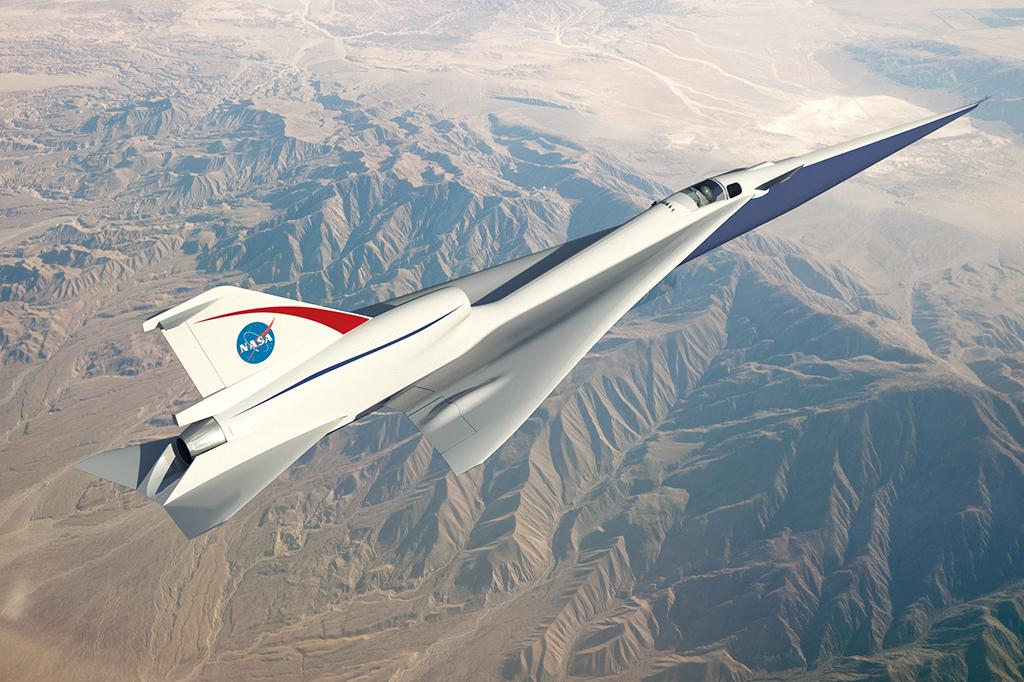
QueSST
In March, NASA awarded Lockheed Martin Skunk Works a $20 million contract to take its low-boom supersonic demonstrator concept to a preliminary design review in April 2017 under the Quiet Supersonic Technology (QueSST) program. Funding permitting, NASA plans to fly an X-plane in 2019.
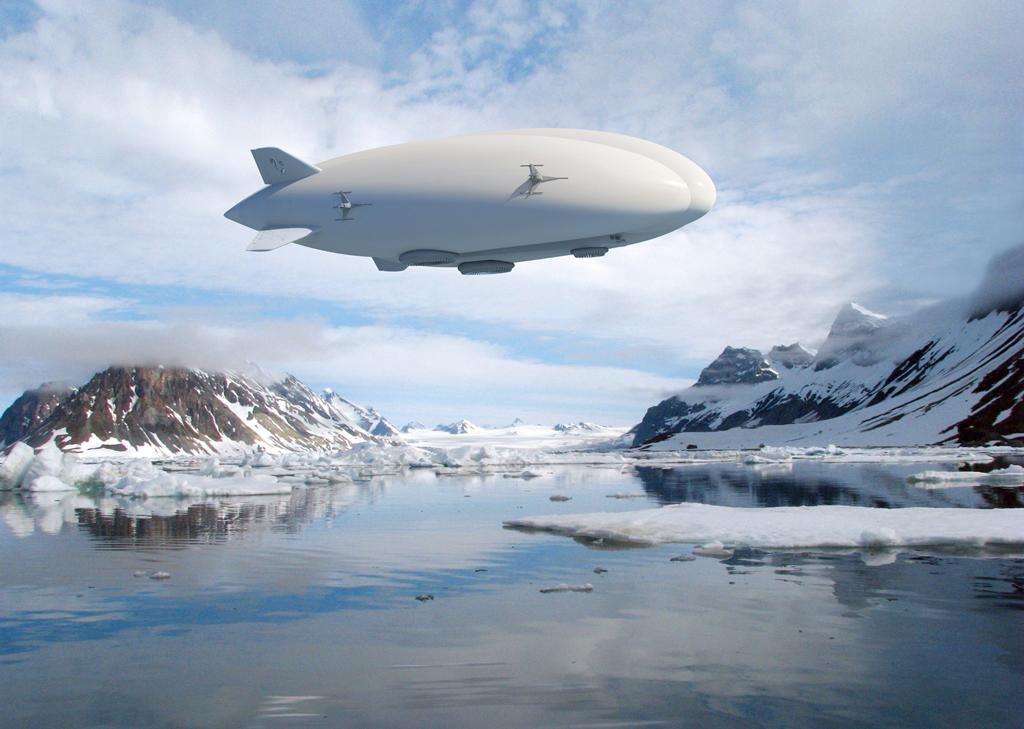
LMH-1
Straightline Aviation has signed a memorandum of understanding to operate seven Lockheed Martin LMH-1 heavy-lift hybrid airships for Canada’s Rare Earth Minerals, on a shuttle service to a mining site in remote northern Quebec beginning in 2019 and transporting ore, supplies and personnel. Lockheed plans to fly a full-scale prototype in 2017.
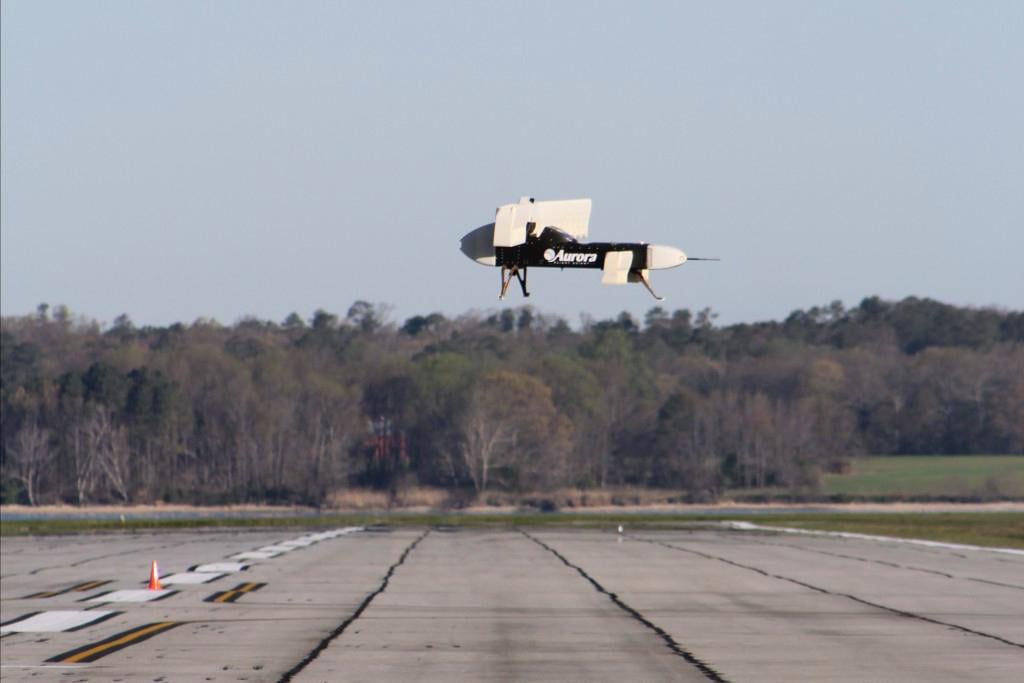
LightningStrike
After winning DARPA’s VTOL X-Plane program, Aurora Flight Sciences in April flew a subscale model of its hybrid-electric, distributed-propulsion vertical-takeoff-and-landing aircraft LightningStrike. With multiple ducted fans on tilting tandem wings, the aircraft is designed to exceed 300 kt.
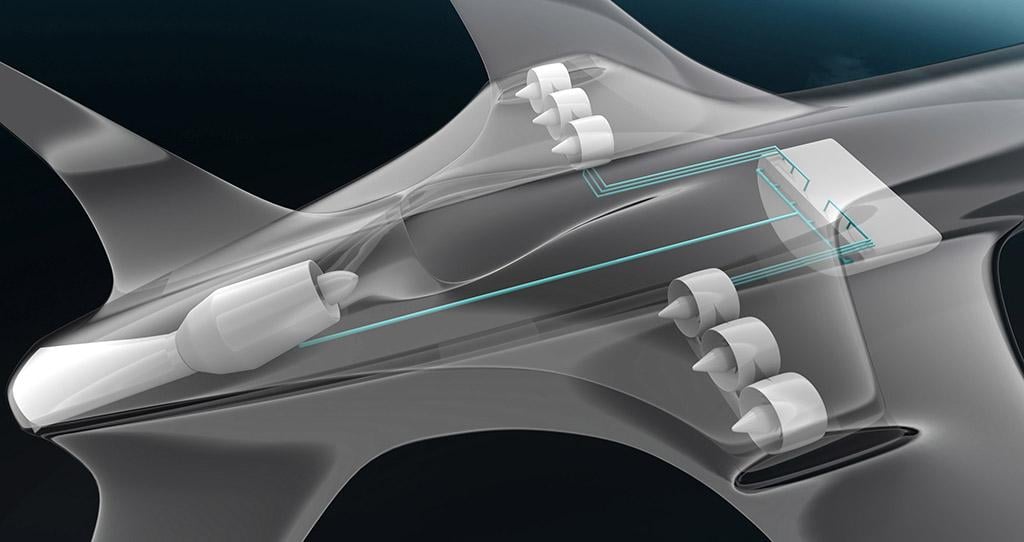
Hybrid Electric
Airbus and Siemens agreed in April to jointly develop prototypes for hybrid-electric propulsion systems that could power airliners with fewer than 100 seats by 2030. The two companies signed a long-term collaboration pact, building on work with Airbus’s E-fan electric light-aircraft demonstrator.
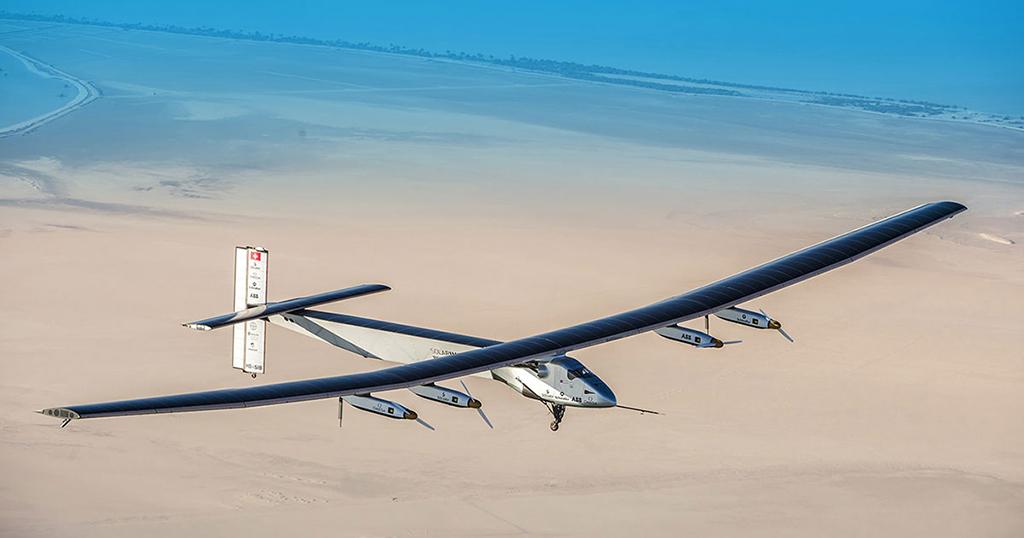
Solar Impulse 2
Solar Impulse 2 landed in Abu Dhabi on July 26, completing the first solar-powered round-the-world flight. The 17 legs flown by solo pilots Bertrand Piccard and Andre Borschberg totaled 23 days and 43,041 km (23,265 nm). Battery damage on the Pacific crossing in June 2015 forced a hiatus in Hawaii.
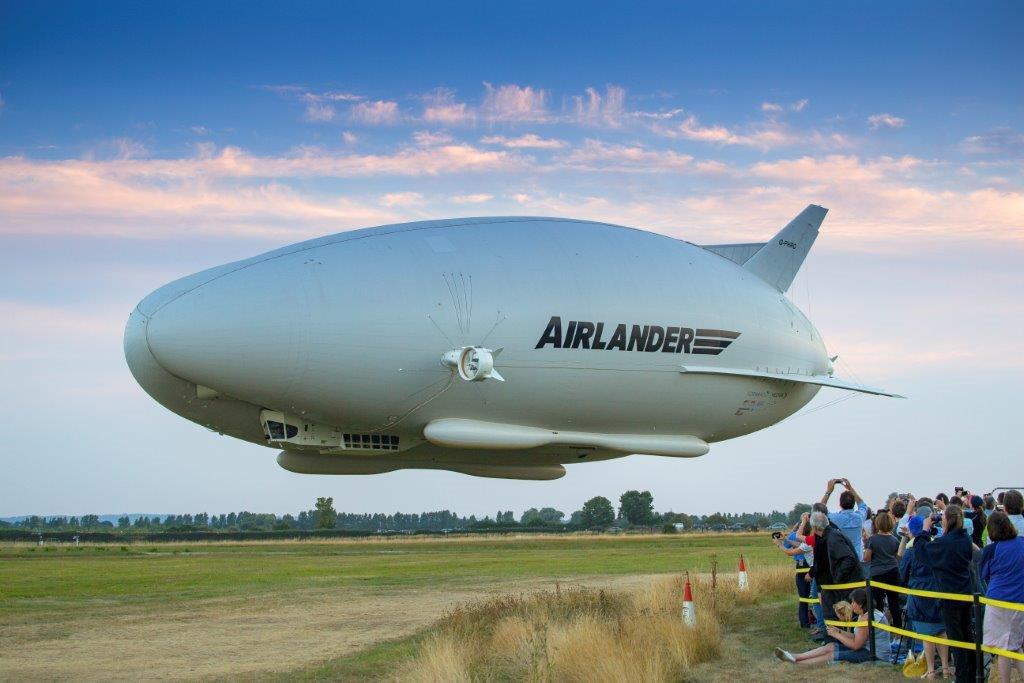
Airlander
Hybrid Air Vehicles’ Airlander 10 returned to flight on Aug. 17, following reassembly of the large hybrid airship prototype in the UK. The vehicle was damaged in a hard landing after its second flight, and flight testing is expected to resume early in 2017 after repairs.
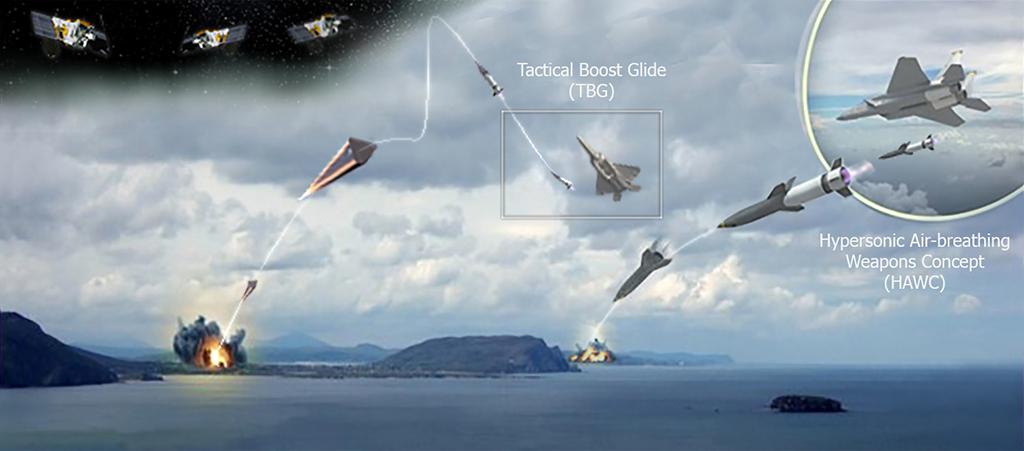
Hypersonic
Lockheed Martin and Raytheon in October won contracts to fly scramjet-powered strike missile demonstrators under DARPA’s Hypersonic Air-breathing Weapon Concept program. Lockheed also won a contract to demo the air-launched, rocket-boosted Tactical Boost Glide hypersonic missile. Flight tests are expected in 2019.
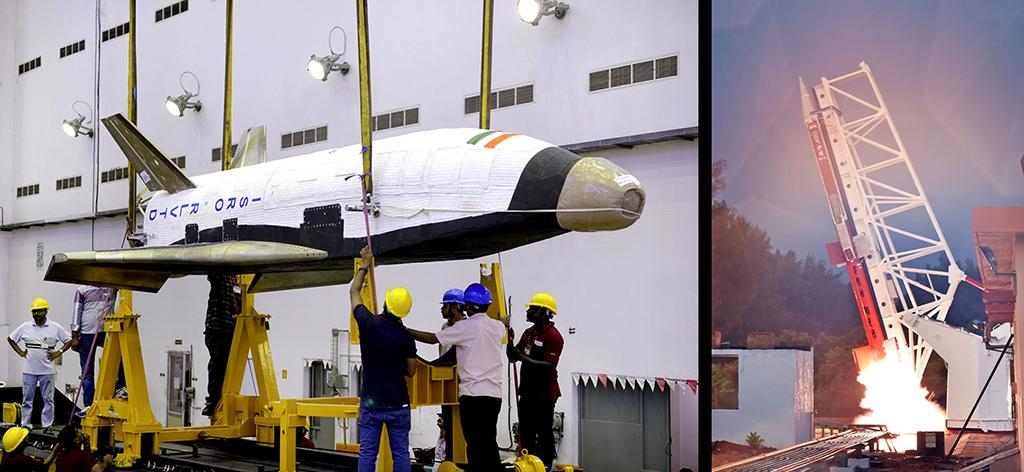
India Scramjet and RLV-TD
The Indian Space Research Organization (ISRO) tested its first supersonic-combustion jet engine on the Aug. 28 launch of the Advanced Technology Vehicle sounding rocket (right). Dual scramjets attached to the upper stage operated for 5 sec. The propulsion technology is aimed at a future reusable launch vehicle (RLV). ISRO launched a 21-ft.-long RLV technology demonstrator on May 23, the wing vehicle (left) reentering at more than Mach 5 before splashing down in the Indian Ocean.
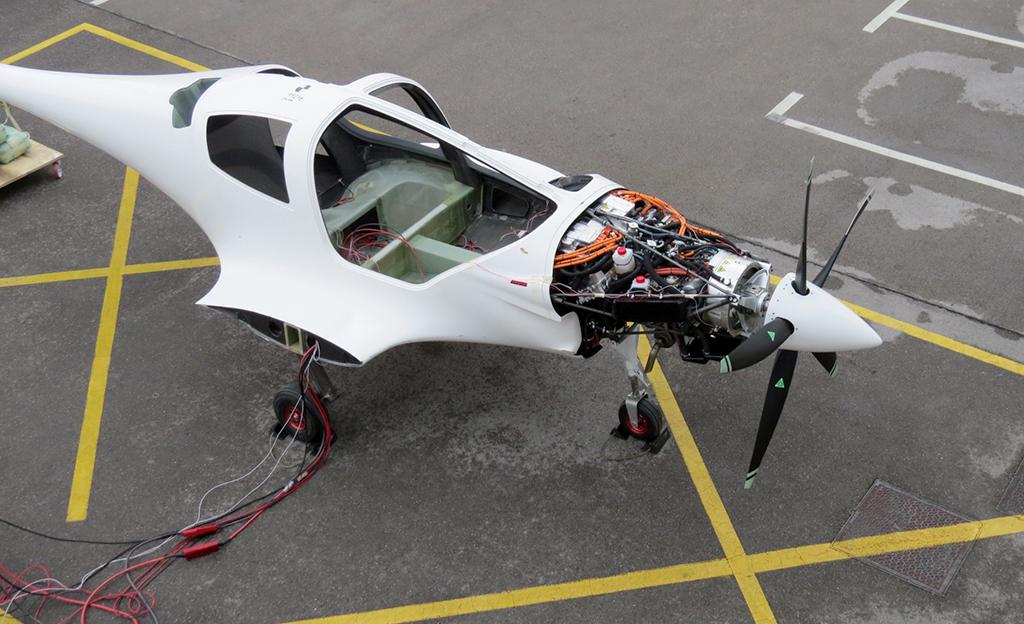
Hypstair
Ground tests of the most powerful hybrid-electric aircraft drive system yet developed were completed in August under Europe’s Hypstair research program. Led by Slovenian manufacturer Pipistrel, the three-year project culminated in ground runs of a 200-kW powertrain in a light-aircraft airframe.
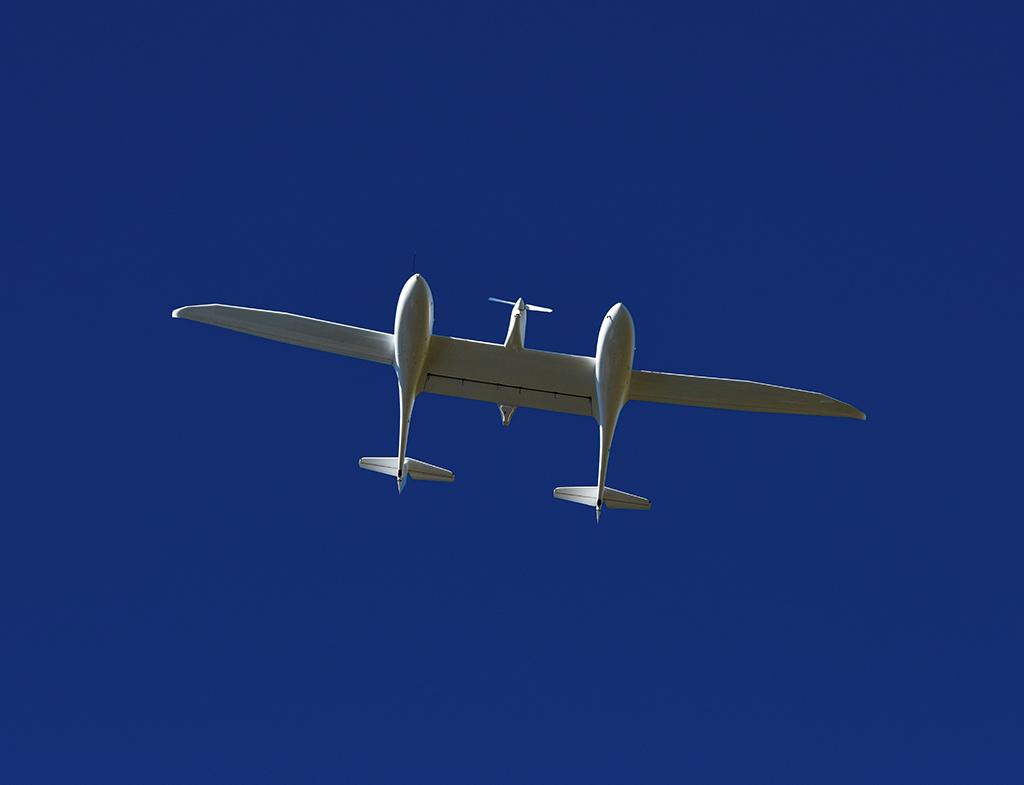
HY4
The first four-seat aircraft powered by a hydrogen fuel cell, the HY4, took its first flight on Sept. 28, flown by H2Fly, a consortium spun off from German aerospace center DLR. Based on Pipistrel’s twin-fuselage Taurus Electro G4, the aircraft is fitted with a cryogenic hydrogen storage system, low-temperature hydrogen fuel cells and a battery.
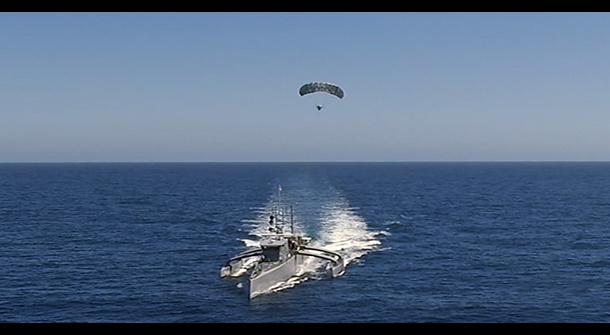
ACTUV
Sea Hunter, DARPA’s Anti-Submarine Warfare Continuous Trail Unmanned Vehicle (ACTUV), began sea trials from San Diego in April. The first payload tested on the Leidos-designed autonomous ship, in October, was DARPA’s Talons elevated sensor mast—a parafoil towed behind the ship to lift a 150-lb. payload to 500-1,500 ft.
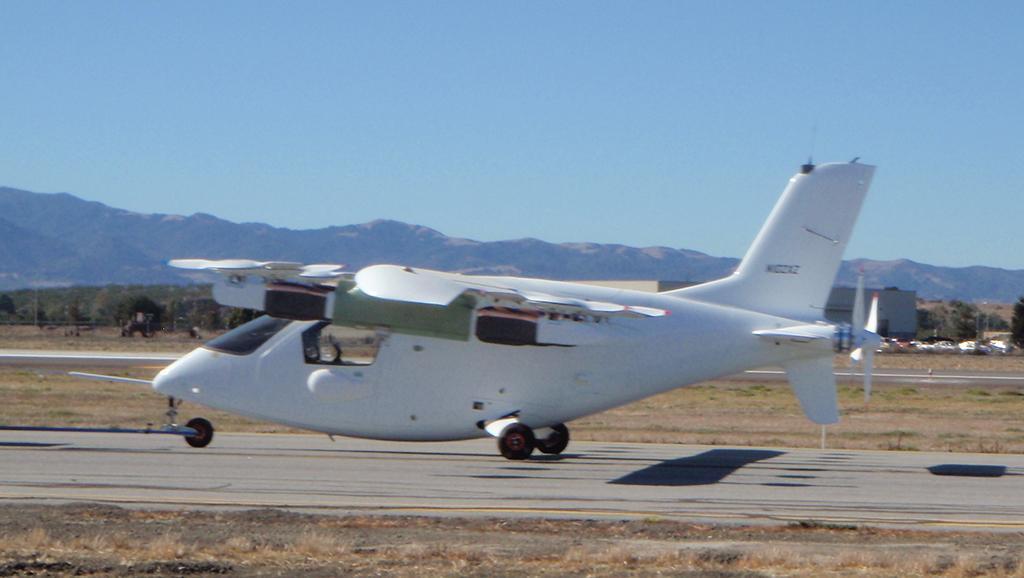
Zee.Aero
An aircraft seen hovering at Hollister Municipal Airport, California, in October is likely secretive Zee.Aero’s electric-powered vertical-takeoff-and-landing design. Funded by Google co-founder Larry Page, the Silicon Valley-based startup is developing a full-size multicopter aircraft.
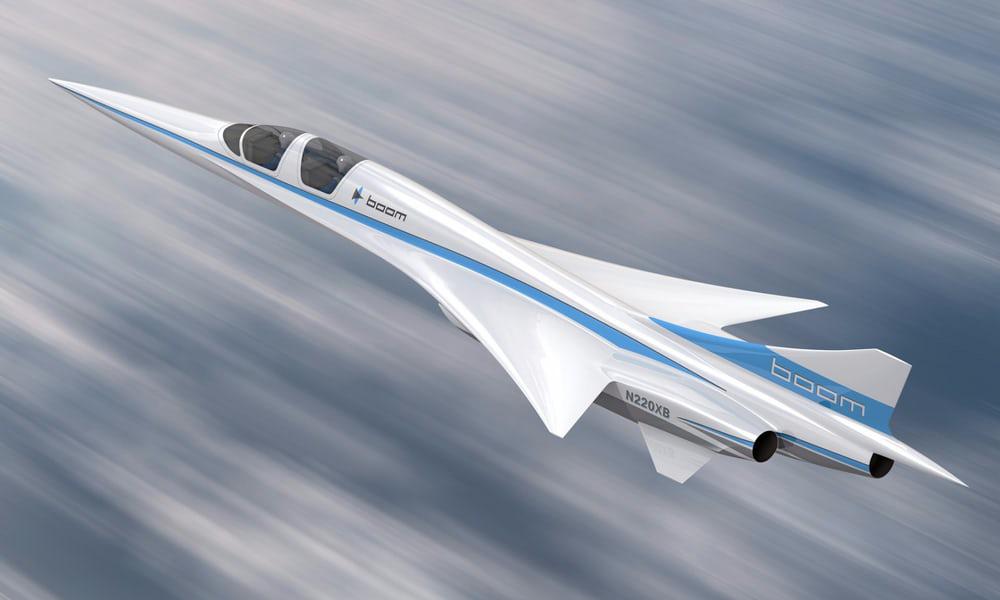
Boom
Boom Technology has unveiled an engineering mockup of the XB-1 supersonic demonstrator planned to fly in late 2017. The one-third-scale model of a small supersonic airliner is planned to enter service by 2023. The XB-1 is designed to cruise at Mach 2.2 on three J85 engines.
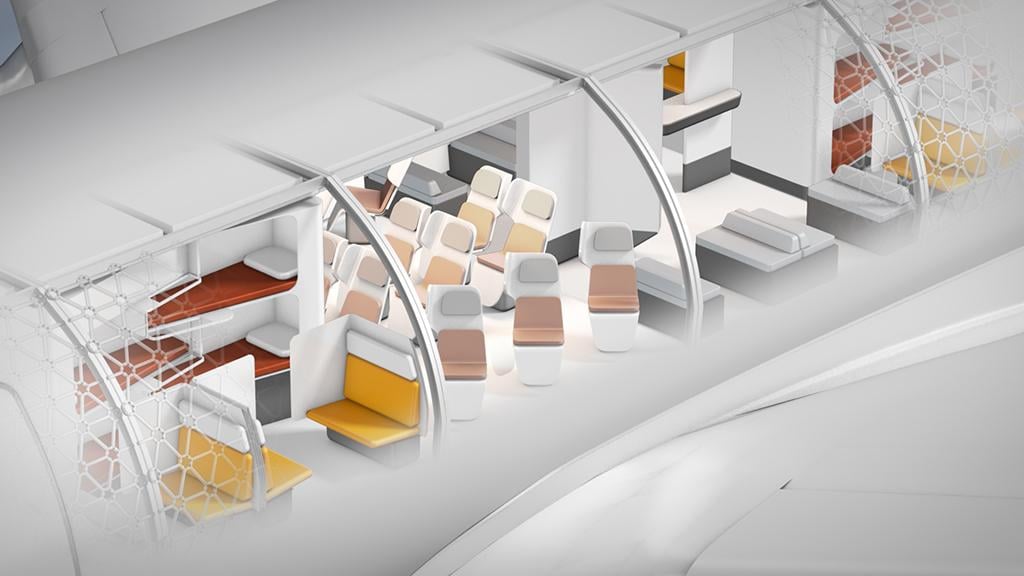
Transpose
Airbus’s Silicon Valley outpost, A3, has unveiled plans to demonstrate a modular cabin architecture for widebody freighters – called Transpose – that would allow aircraft to be rapidly reconfigured with modules offering new passenger inflight experiences such as brand-name restaurants and spas.
Several alternative futures for civil aviation hit the headlines in 2016, ranging from heavy-lift airships and supersonic transports to hybrid-electric airliners, modular cabin and vertical-takeoff air taxis.
